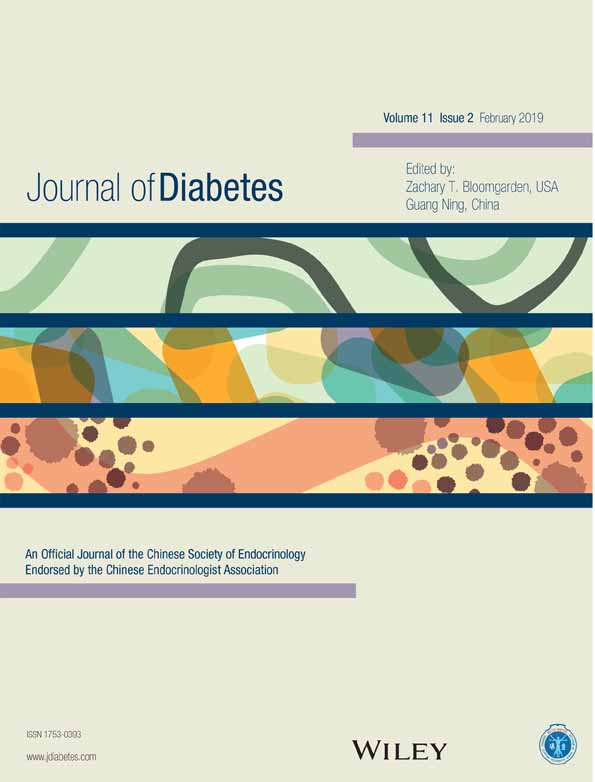SLEep among diabetic patients and their GlycaEmic control (SLEDGE): A pilot observational study†糖尿病患者睡眠状况及其血糖控制(SLEDGE):一项初步观察研究
Abstract
enBackground
Recent cohort studies have proven the association between sleep deprivation and adverse glycemic control (GC). The aim of this study was to assess the prevalence of excessive daytime sleepiness (EDS), a subjective measure of sleep deprivation, among type 2 diabetic mellitus (T2DM) patients and its association with GC.
Methods
This cross-sectional study was conducted between July 2015 and June 2016 in five diabetes clinics in the district of Erode, Tamil Nadu, India. An equal number of consenting patients with T2DM was recruited consecutively from each of the centers, and EDS was measured subjectively using the Epworth sleepiness scale (ESS), whereas GC was assessed using HbA1c levels.
Results
In all, 126 patients were screened and 102 were found eligible for the study. The prevalence of EDS was 17.5% (95% confidence interval 10.13–24.87). The association between ESS scores and HbA1c levels was analyzed using linear regression after adjusting for age, dietary intake, inflammatory markers (erythrocyte sedimentation rate), depression (Patient Health Questionnaire-9 score) and stress (Perceived Stress Scale score): for every unit increase in the ESS score, HbA1c increased by 0.143 g/dL (P < 0.001).
Conclusion
Subjective EDS was seen in approximately one-quarter of patients with diabetes in our population. There was a positive association between EDS and glycemic control. Screening of patients with diabetes for EDS should be part of routine diabetes management.
Abstract
zh摘要
背景
最近的队列研究已经证实了睡眠不足与血糖控制(glycemic control,GC)不佳之间的关系。这项研究的目的是在2型糖尿病(T2DM)患者中评估白天过度嗜睡(excessive daytime sleepiness,EDS, 睡眠不足的主观衡量结果)的发病率以及它与GC的关系。
方法
这项横断面研究的时间为2015年7月至2016年6月, 在印度泰米尔纳德邦Erode地区的5个糖尿病诊所中进行。在每个中心连续招募相同数量并且同意接受调查的T2DM患者, 使用Epworth睡眠量表(Epworth sleepiness scale,ESS)来主观衡量EDS, 使用HbA1c水平来评估GC。
结果
总共筛查了126名患者, 有102名适合入组研究。EDS的发病率为17.5%(95%置信区间为10.13-24.87)。校正年龄、饮食摄入、炎症标志物(红细胞沉降率)、抑郁症(患者健康调查问卷-9评分)与精神压力(感觉压力量表评分)后, 使用线性回归来分析ESS评分与HbA1c水平之间的关系, 发现ESS评分每增加1个单位,HbA1c也随之增加0.143 g/dL(P < 0.001)。
结论
在我们的研究人群中可以看到大约有四分之一的糖尿病患者有主观性EDS。EDS与血糖控制之间呈正相关。在糖尿病患者中筛查EDS应该成为糖尿病管理的常规。




